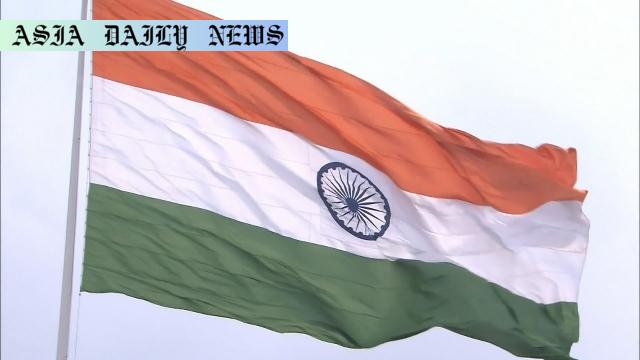Retaliatory tariffs: India proposes countermeasures on US imports amounting to $723.75 million in response to US automobile tariffs.

India Responds to US Automobile Tariffs
India has officially notified the World Trade Organization (WTO) of its plans to impose retaliatory tariffs on imports from the United States, signaling a bold move in response to the US government’s additional 25% tariffs on automobiles and major auto parts. The additional US tariff, implemented under the administration of former President Donald Trump, has caused tensions in trade relations between the two countries.
According to India’s notification, the US is collecting approximately $723.75 million in additional duties due to the tariff on automobile imports. As a countermeasure, India has proposed retaliatory tariffs aimed at matching this amount, signaling its intent to ensure fair dealings in international trade. However, the details of which US products are to be targeted under the proposed tariffs have not yet been disclosed.
Balancing an Unequal Trade Equation
India’s decision to challenge the imposed tariffs underlines the unequal nature of certain trade practices and the need for balanced agreements. By aligning its retaliatory tariffs with the financial impact of the US measures, India seeks to send a strong message about the necessity of equitable trade policies while protecting its domestic industries. This move could have far-reaching implications for India’s trade negotiations and its overall strategy in dealing with global trade disputes.
The WTO filing stands as a formal statement of intent, ensuring that India operates within the legal frameworks of international trade policies. Meanwhile, it shows India’s readiness to engage in negotiations to address the challenges posed by protectionist policies.
Possibility of Resolution Through Negotiation
India’s proposal leaves room for flexibility by reserving the right to withdraw or modify the notification, depending on how the US responds to the countermeasure. This demonstrates India’s interest in resolving the issue amicably through constructive dialogue and the establishment of a new trade agreement with the United States.
Trade experts note that such retaliatory measures are not uncommon and often spur negotiations to arrive at compromises beneficial to both parties. With the current pause on what former President Trump frequently called “reciprocal tariffs” nearing its expiration by Wednesday, it remains to be seen how events will unfold.
Looking Ahead: Implications for Global Trade
This move by India highlights a broader concern regarding growing protectionism in the global trade market. Imposing tariffs often has a ripple effect, leading to countermeasures and strained diplomatic relations. A breakdown in economic relations between India and the US could have adverse effects on both economies, particularly in sectors reliant on robust trade channels.
Analysts believe that nations must work towards comprehensive trade agreements that promote collaboration instead of conflicts. India’s efforts to defend its economic interests while keeping dialogue channels open is a strategic approach worth noting. Ultimately, the outcome of the WTO notification and subsequent negotiations could set a precedent for handling similar disputes in the future.
Commentary
India’s Calculated Response to US Tariffs
India’s proposed retaliatory tariffs against the US are a carefully calibrated response to the additional 25% US tariff on automobiles and major auto parts. This action sends a strong signal that India is unwilling to accept protectionist policies that unfairly disadvantage its economic interests. However, rather than escalating tensions, India’s step appears to reflect a desire to compel fair trade practices while maintaining adherence to WTO frameworks.
Significance of the $723.75M in Duties
The proposed tariffs are strategically aligned with the financial impact of the US measures, estimated to net $723.75 million in duties. By mirroring the monetary value, India underscores the principle of reciprocity in global trade. This approach seeks to place the US under pressure to reconsider its tariff policies while highlighting India’s unwavering commitment to fairness in trade relations.
Challenges and Opportunities for Dialogue
One of the most significant aspects of India’s proposal is its openness to modify or withdraw the notification, an indication that it prefers negotiation over prolonged disputes. This offers a valuable opportunity for both nations to address the issues constructively and explore avenues for a new trade partnership that benefits both sides. However, the absence of details on targeted US products creates uncertainty, which could potentially complicate such talks.
Implications for Future Trade Dynamics
The growing trend of tit-for-tat tariffs among major economies raises concerns about global trade stability. If left unresolved, such disputes may spiral into broader economic disruptions that impede overall development. India’s proactive approach, while defensive, reflects a larger intention to deter unilateral measures and encourage dialogue.
Ultimately, how the US responds to India’s move will determine the trajectory of this trade standoff. At stake is not just the bilateral trade relationship but the broader principle of fairness and growth in global economic partnerships.


